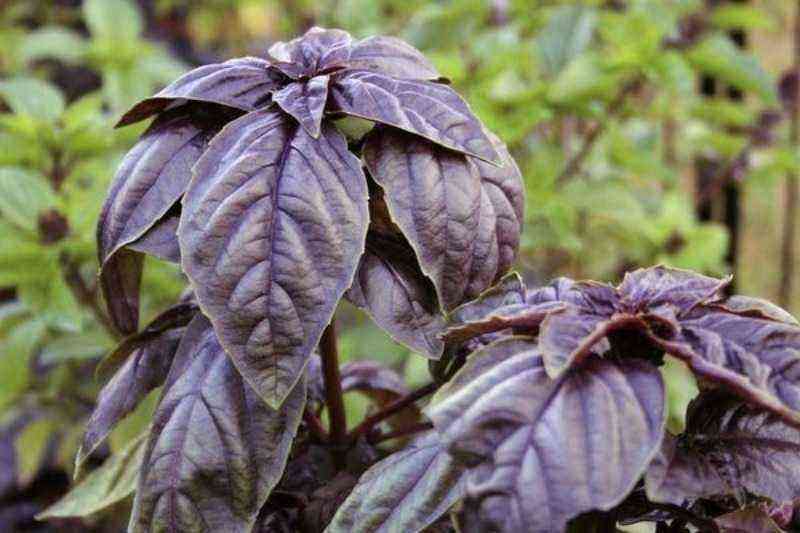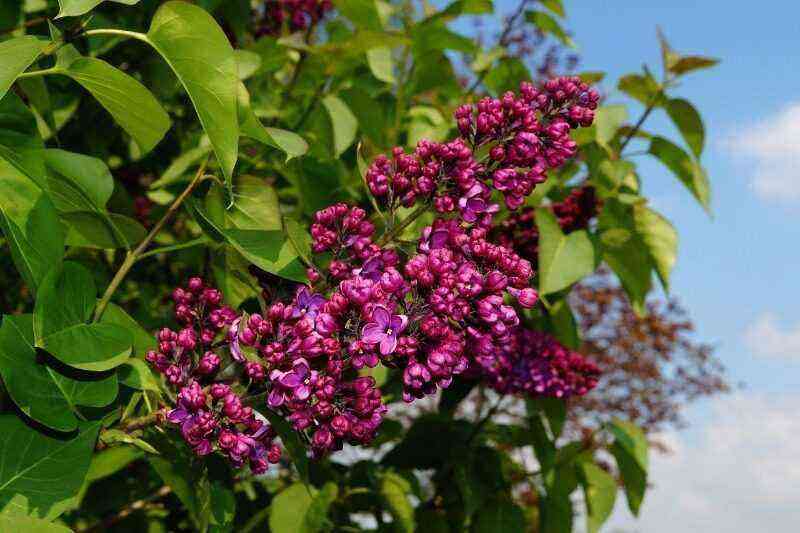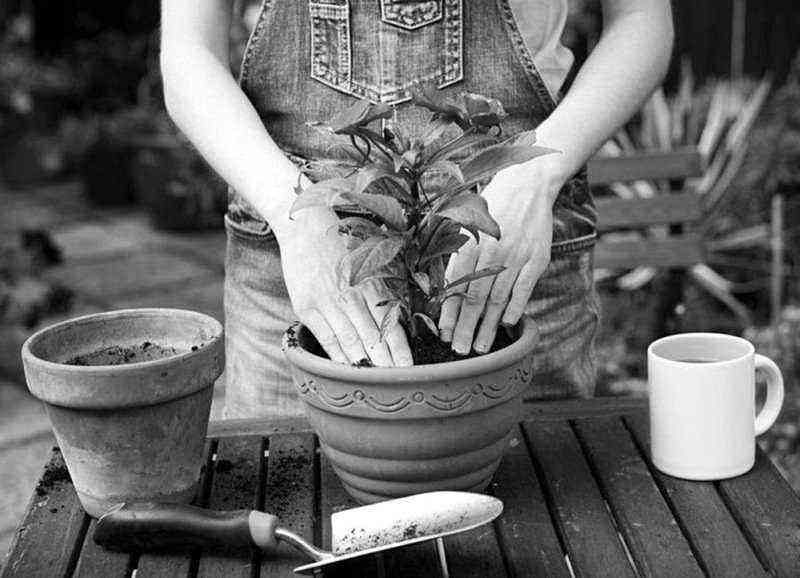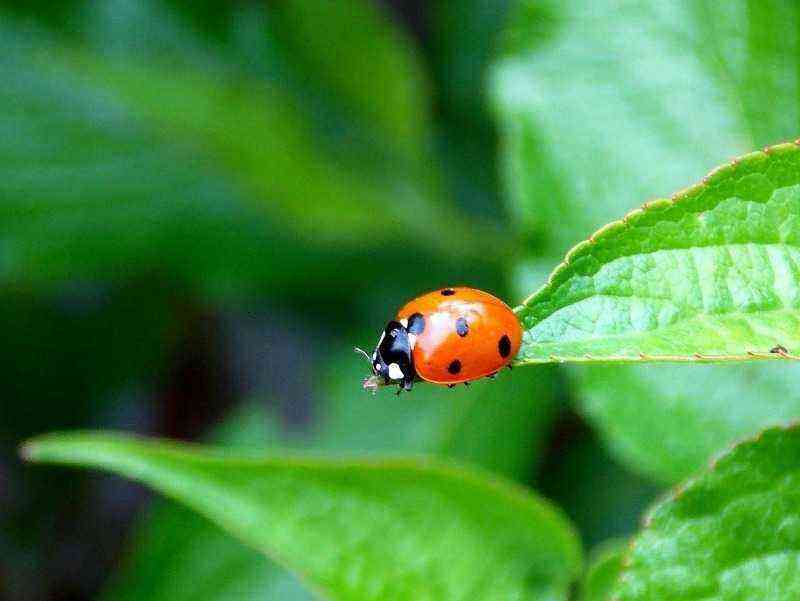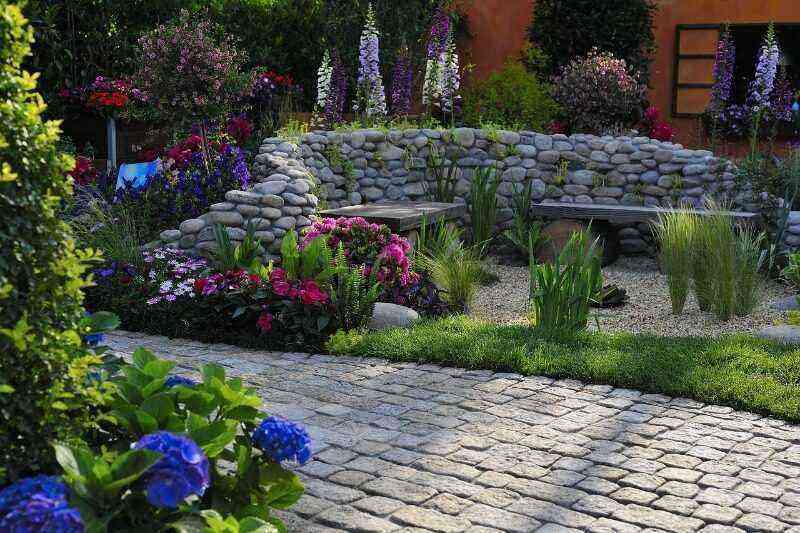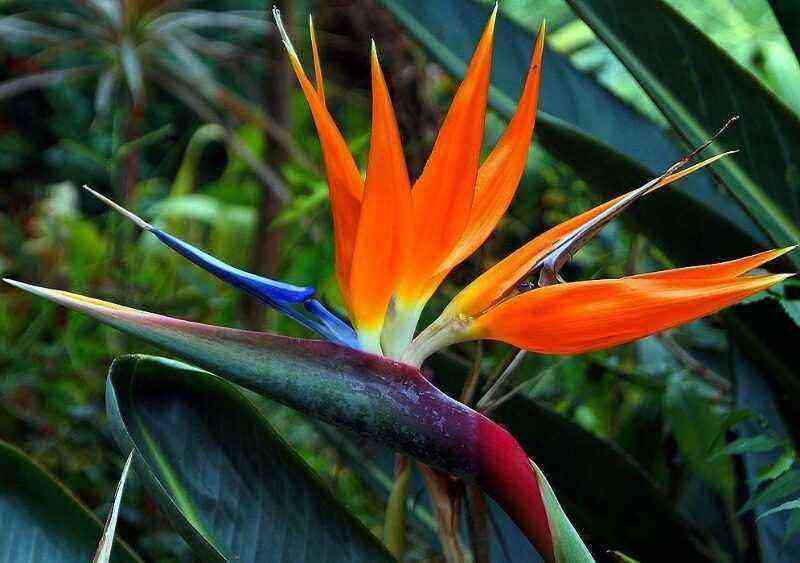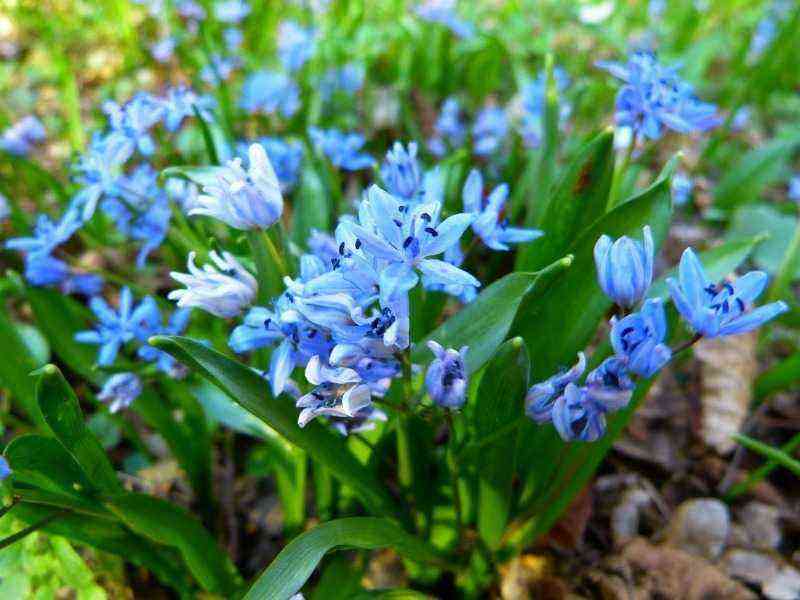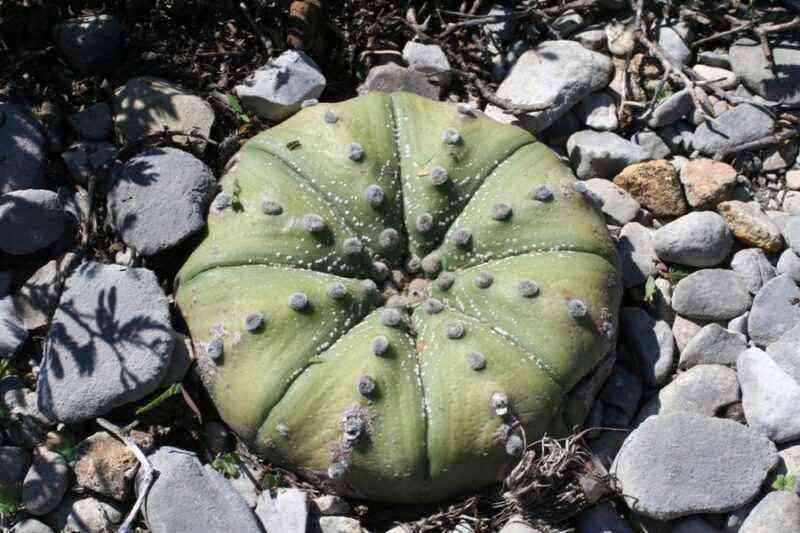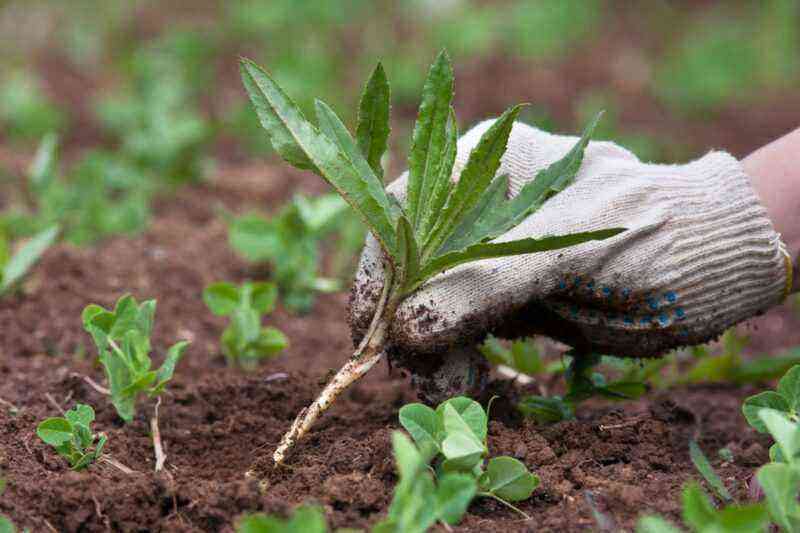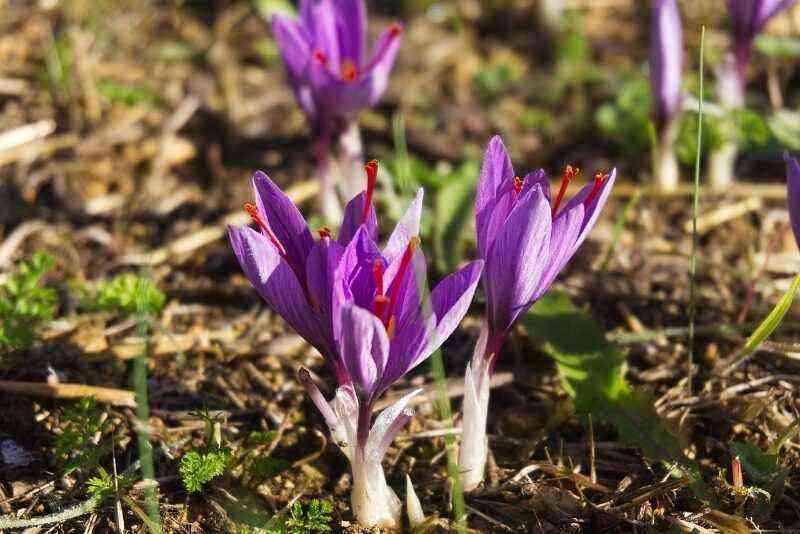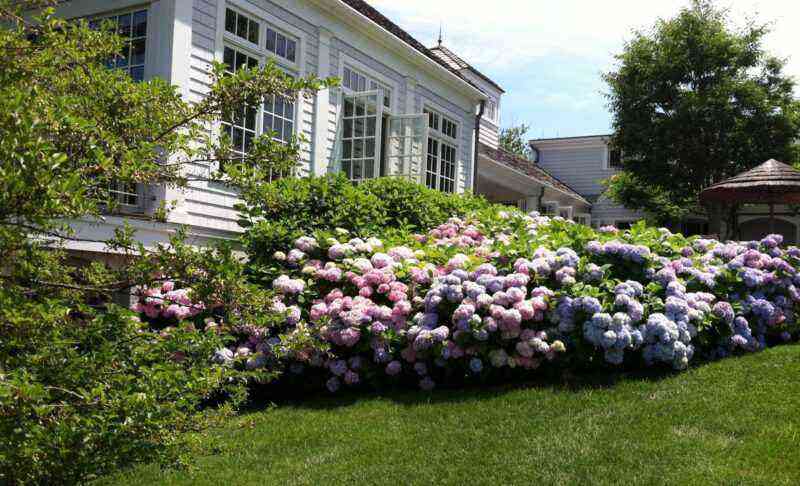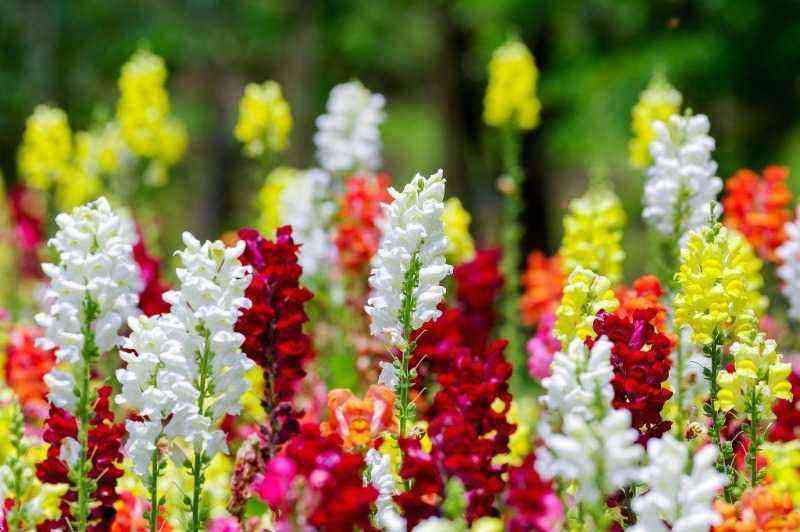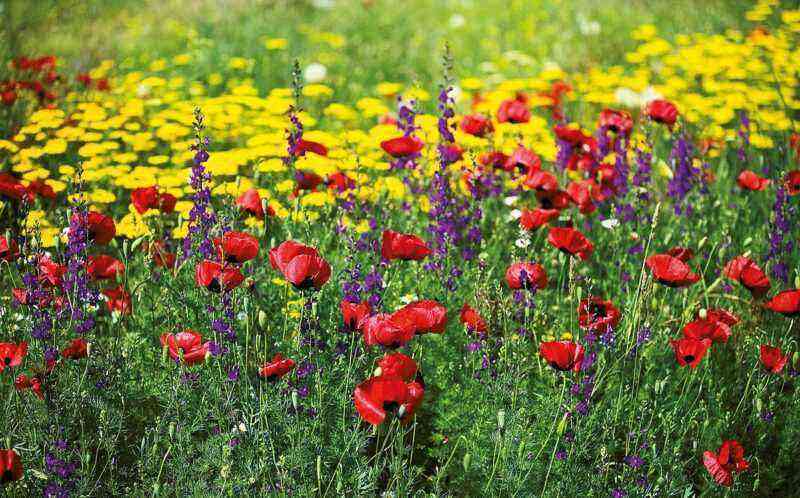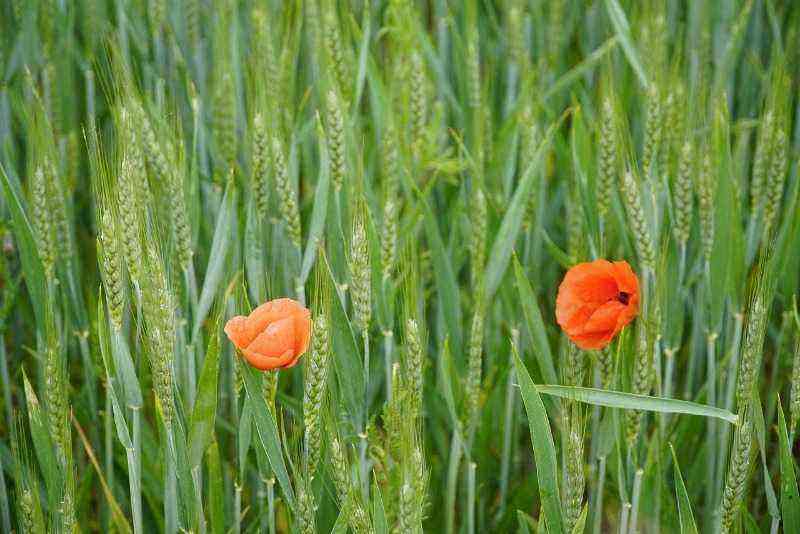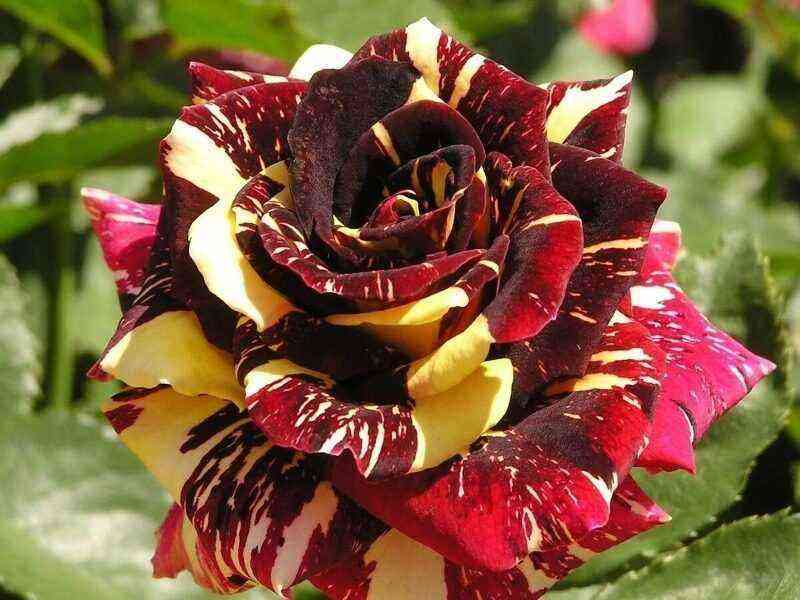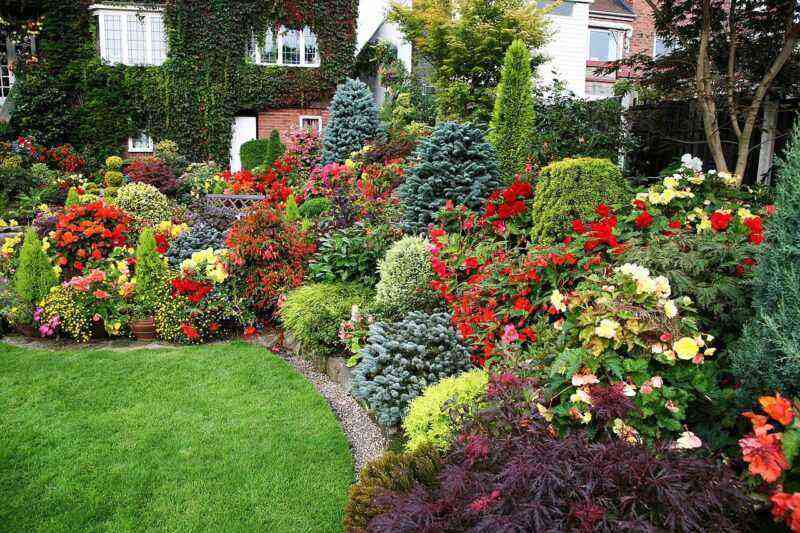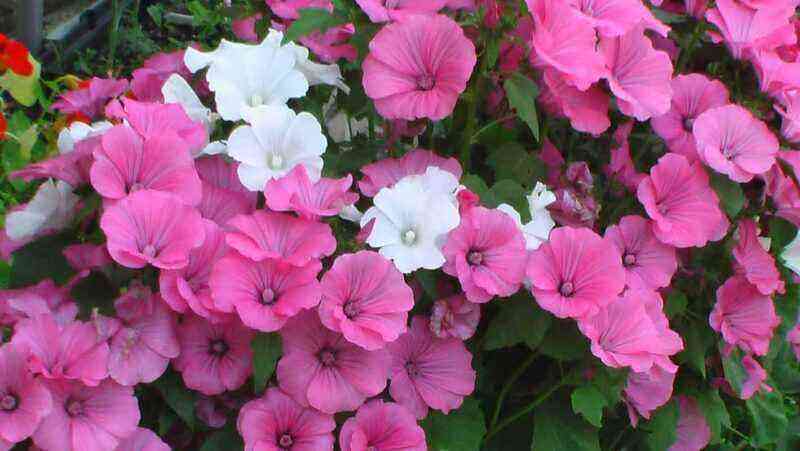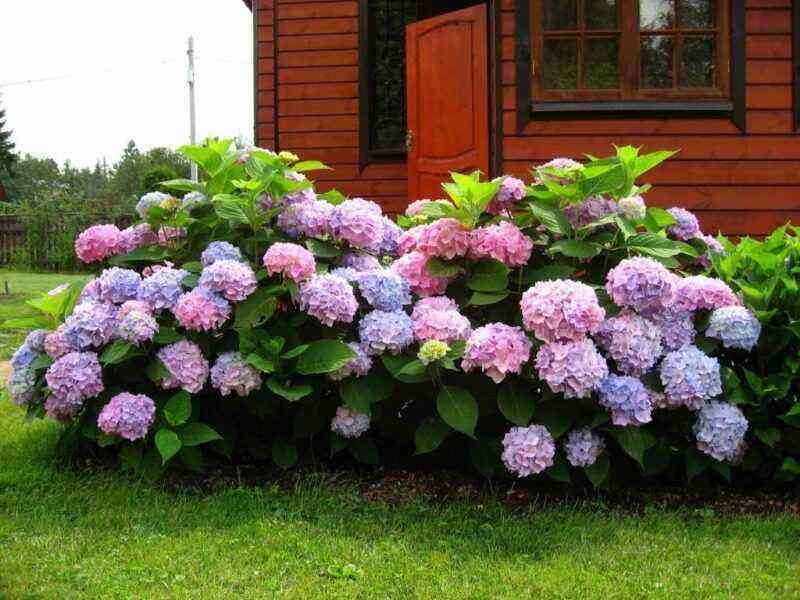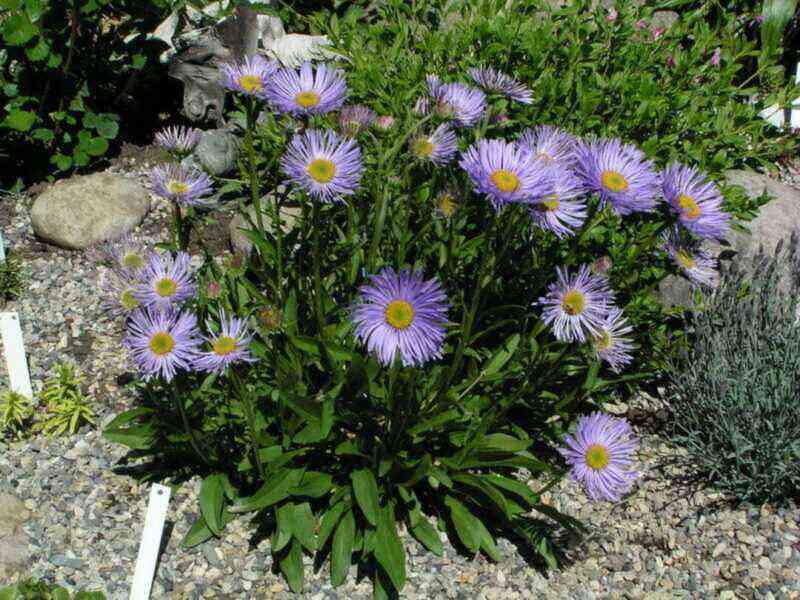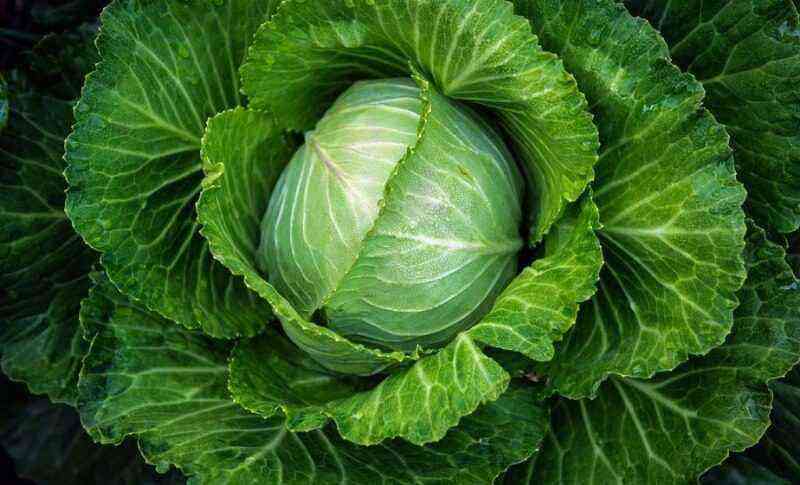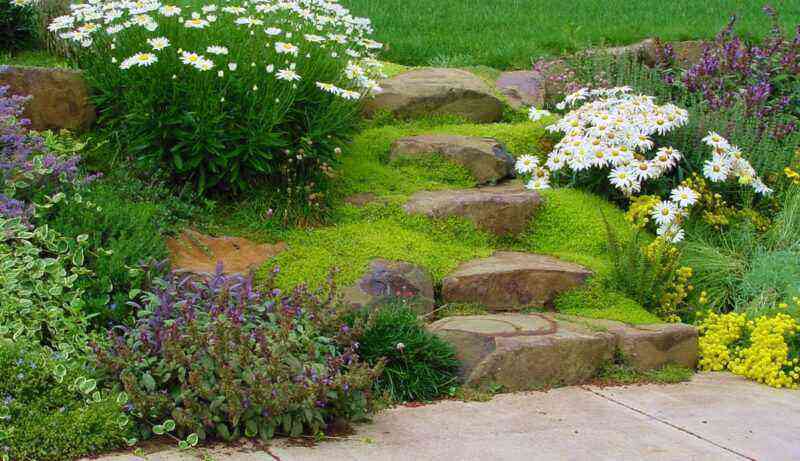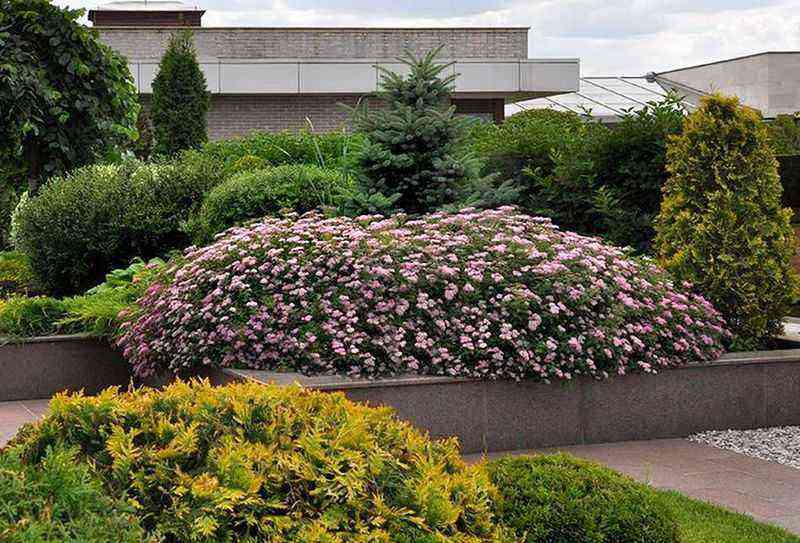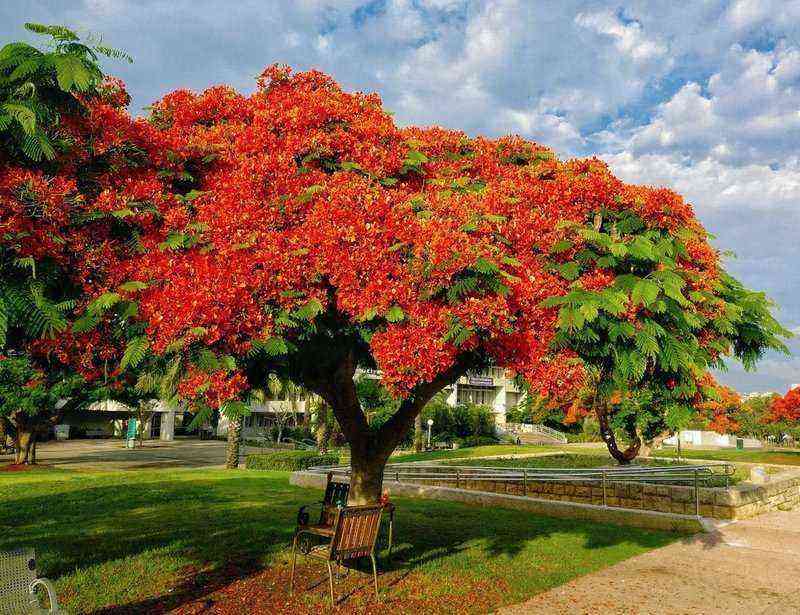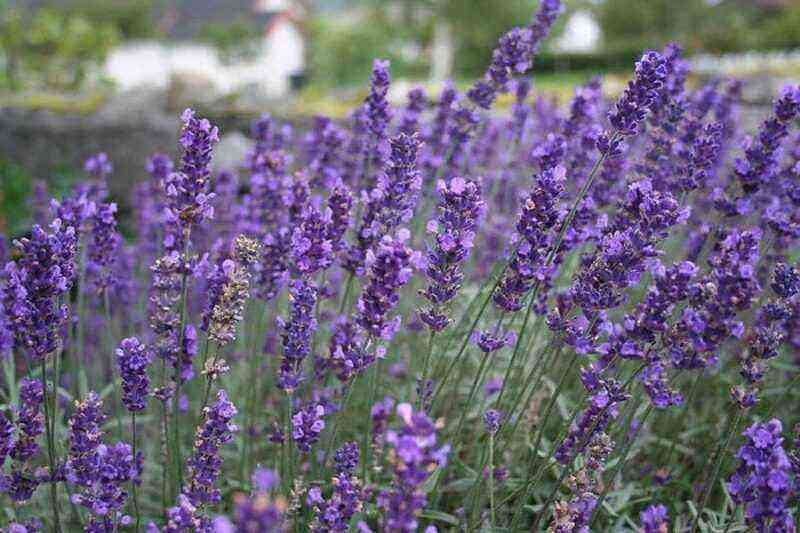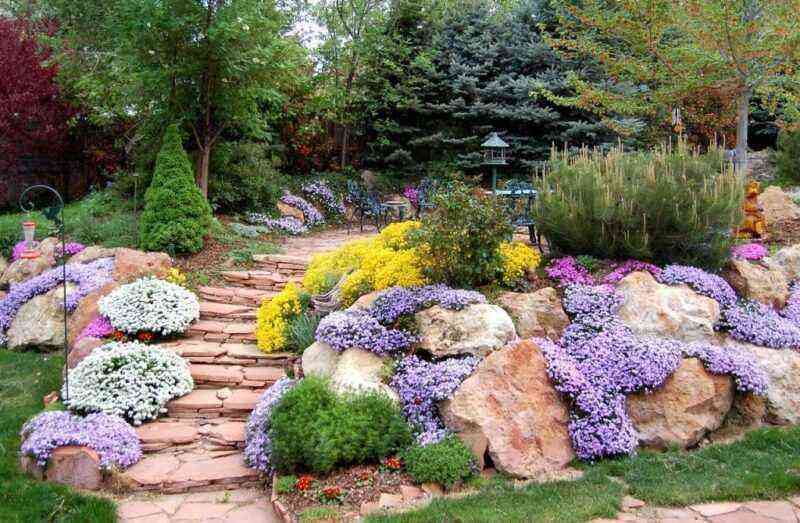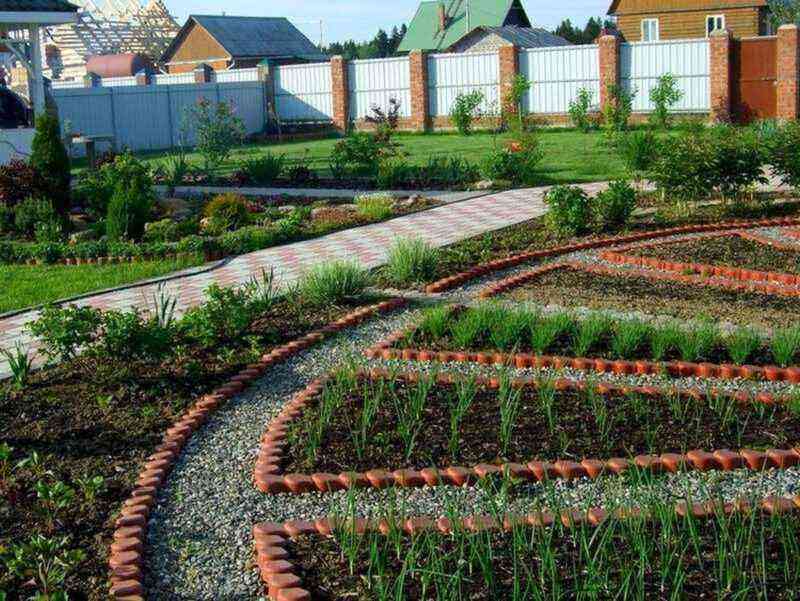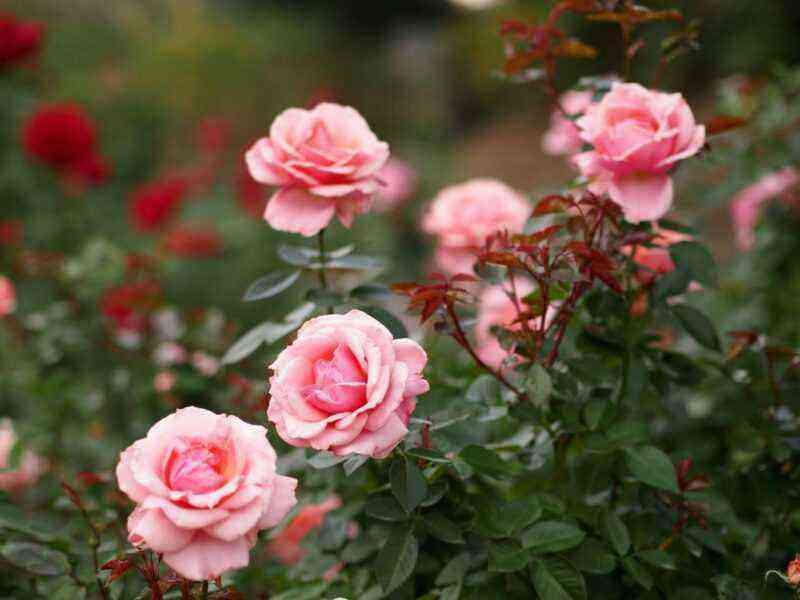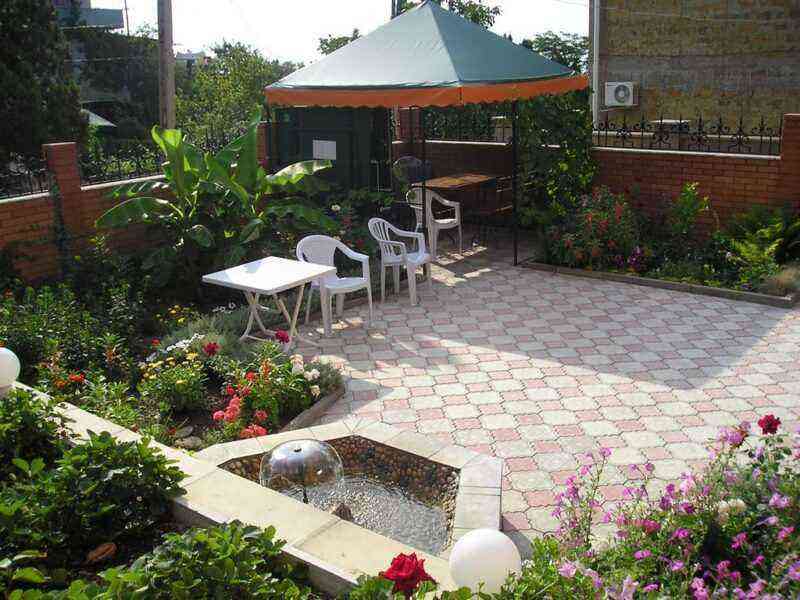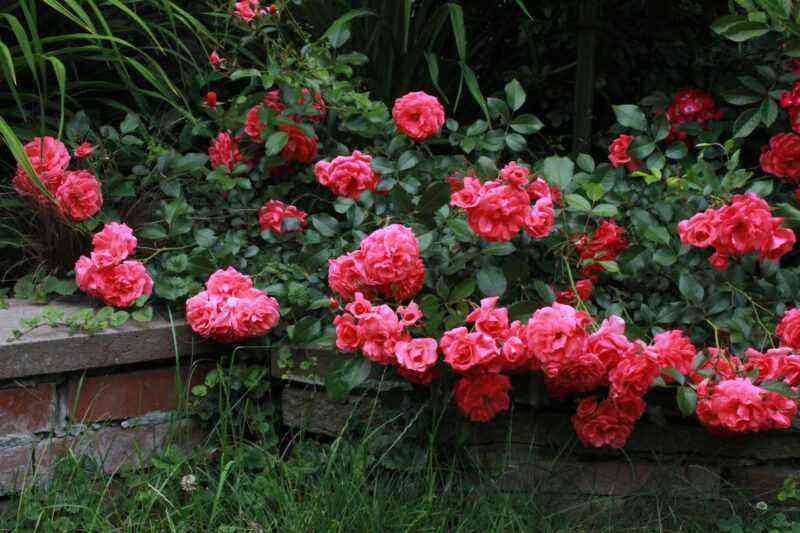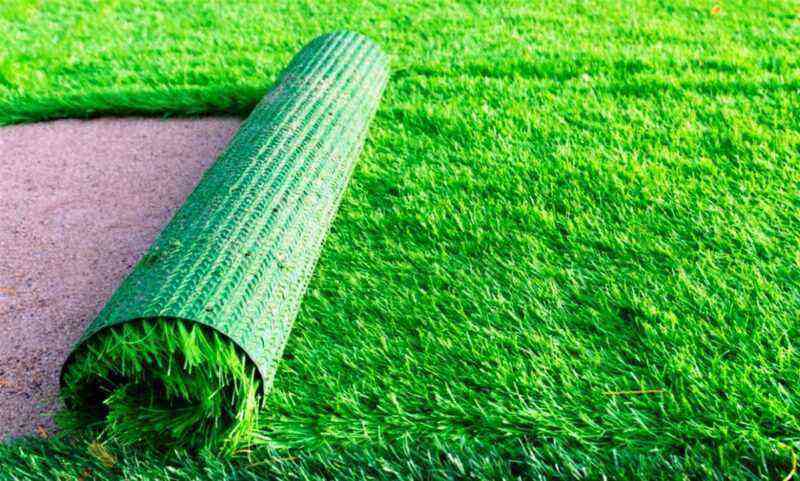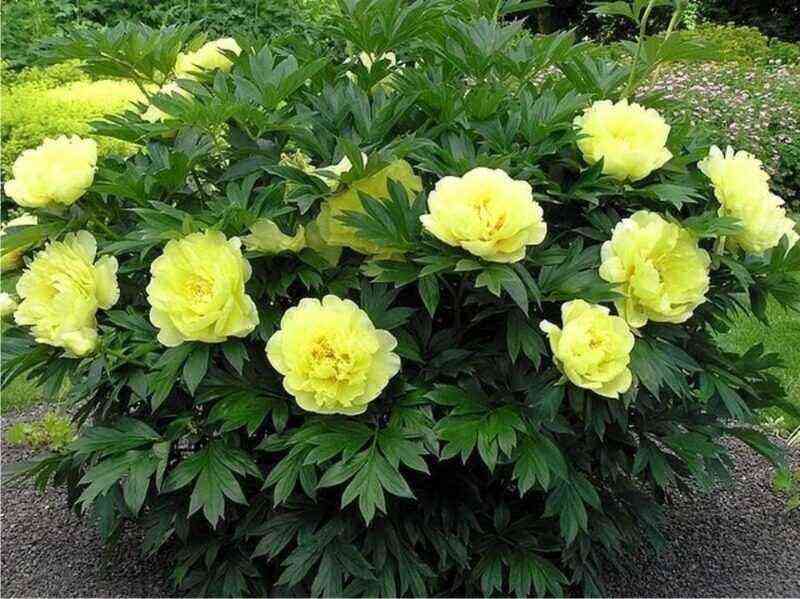Affectionate sunbeams were jumping merrily on the sparkling snow, looking with interest a small bright flower making its way through the whiteness of the cover. “Oh, it’s a snowy rose blooming!” – the mischievous rays of light whispered joyfully, observing how the bud-flashlight, shamefully bent under the weight of snowflakes, reveals its pale purple petals.

It is not for nothing that the hellebore was called that, because this amazing flower comes to life in winter, when other plants that have fallen asleep under the snow are waiting for their spring awakening. Some varieties of winter roses begin to bloom in February-March, and in some regions, the hellebore opens its buds right in time for the Christmas holidays.
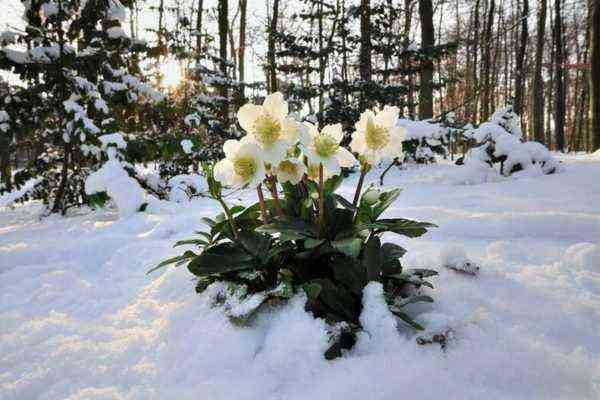
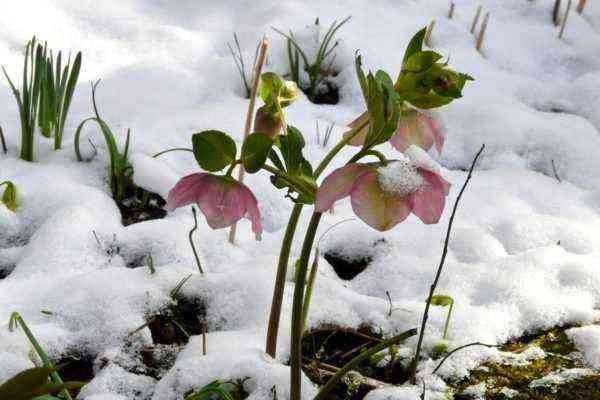
Recently, the winter house has been increasingly used in landscape gardening, and this is understandable. An early flowering plant is unpretentious, not afraid of frost, drought-resistant, loves shaded areas, is not demanding on the soil and is ready to grow for several years in the same place without transplanting.
Eastern hellebore is more often used in landscape design, since it differs in later flowering, in contrast to other types of wintering grounds. Shades of inflorescence petals are very beautiful and varied – a whole kaleidoscope of colors:
- white,
- kremovыe,
- light pink,
- pale yellow
- pale green
- rich burgundy,
- bluish black
- dark purple.
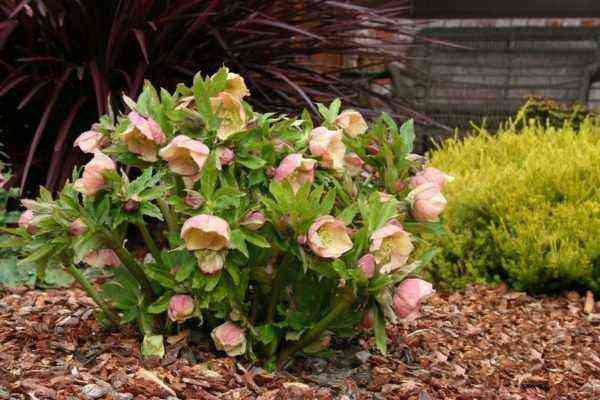
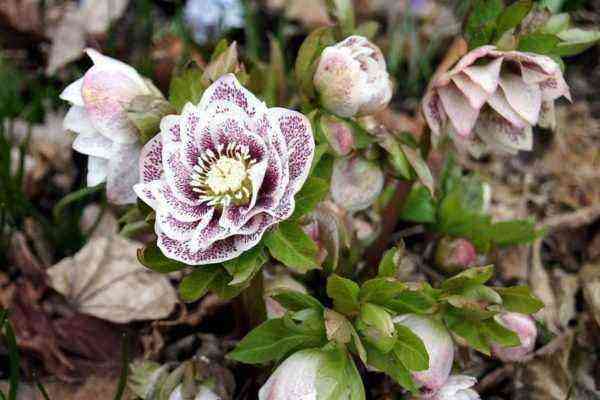
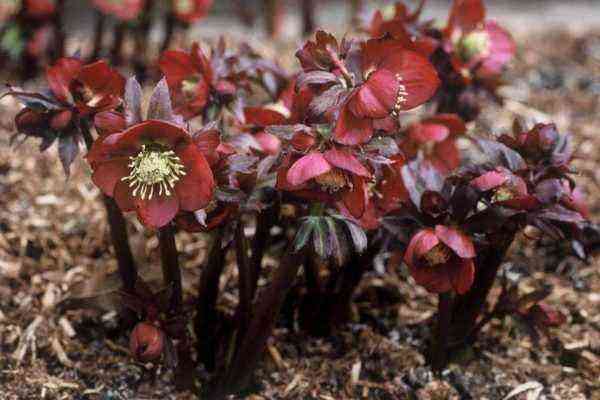

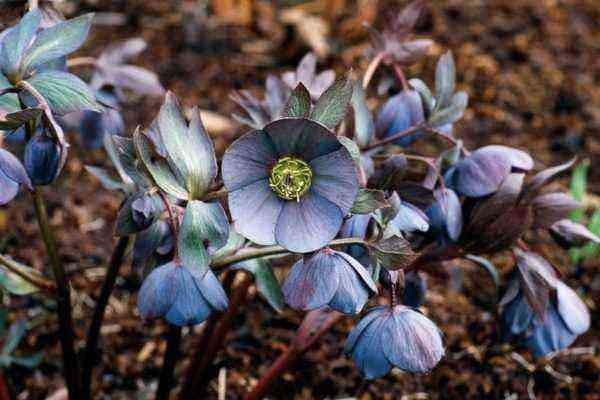
The Christmas rose looks great in alpine slides and rockeries against the background of the dark crown of evergreen shrubs.
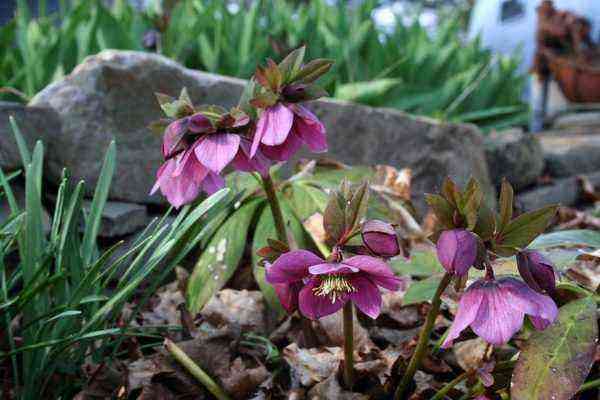

Hellebore is also friends with conifers.
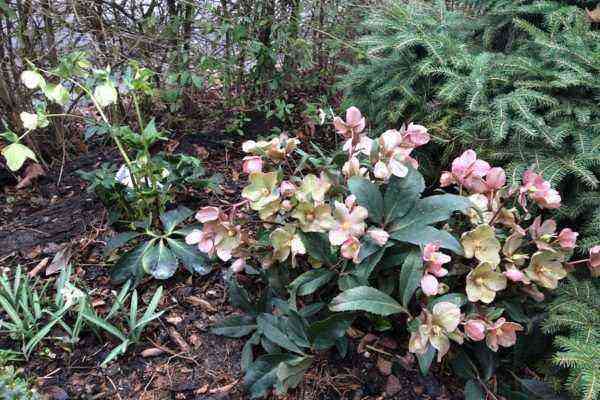


Tall varieties of hellebore will create bright accents as tapeworms.
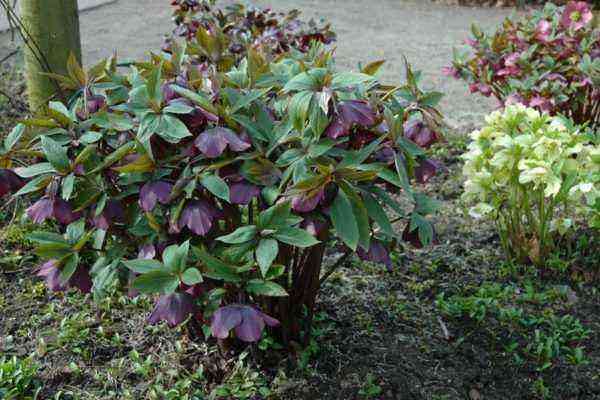


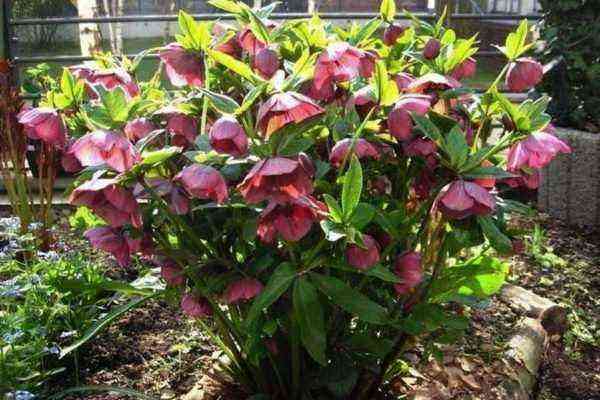
It is permissible to use a snow rose in mixborders, curbs and ridges, but not where children play or pets walk. The leaves, stem and root of the plant contain poison.
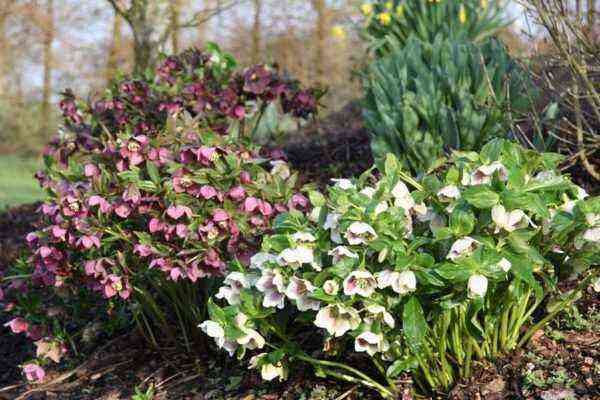
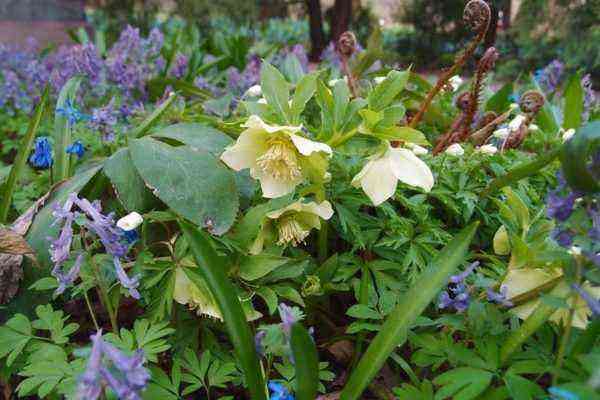
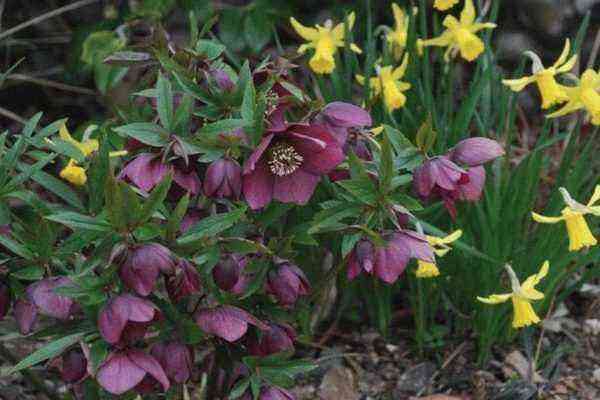


An unpretentious flower will look good in the shade of tall trees, which will absorb excess moisture from the soil, which is undesirable for Helleborus.
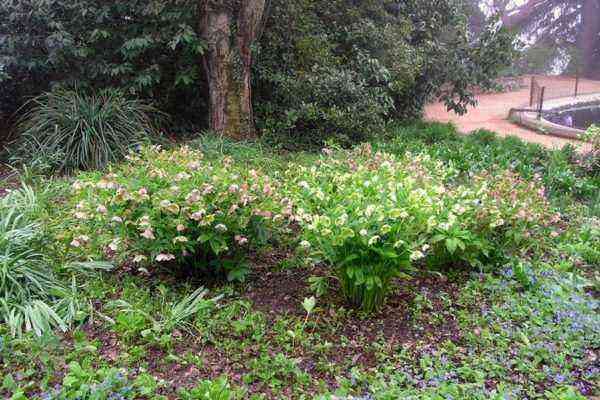
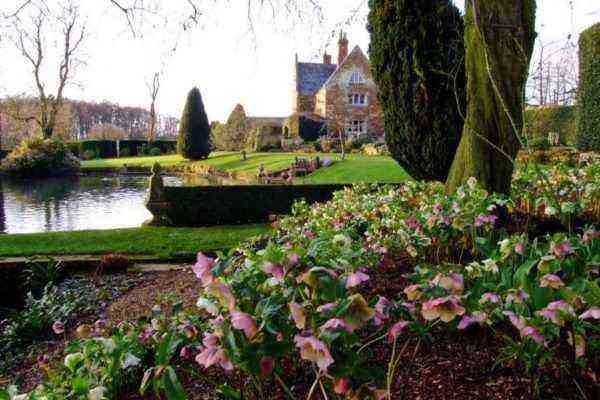

The spreading emerald leaves of hellebore, located right next to the ground, blend harmoniously with other plants that bloom in summer. It can be planted in flower containers that are easy to carry from place to place. But it is still not recommended to keep this flower in the house.
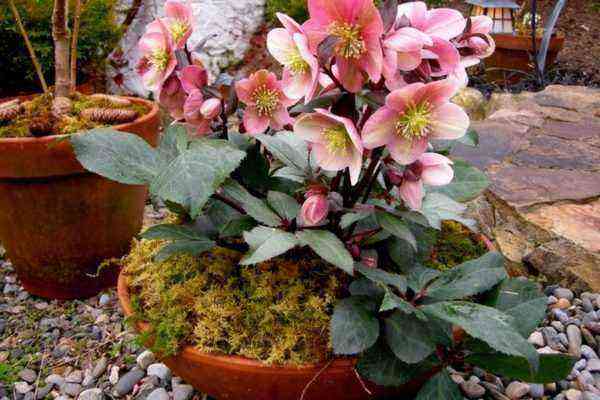
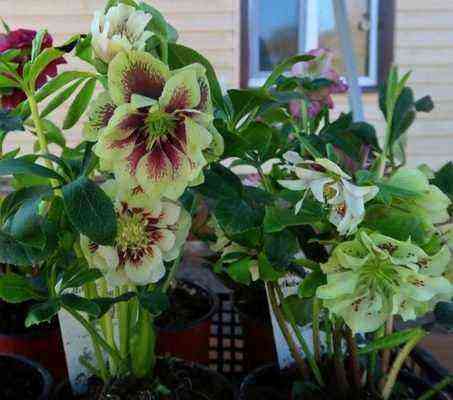

In addition to the fact that the plant is highly decorative, it is also medicinal. For example, helléborus caucasicus – Caucasian hellebore – is called the second ginseng due to its unique properties. Unfortunately, gelleborus root extract and powder have a number of contraindications and can cause great harm to health if dosages are not followed. Official medicine does not recognize this plant as a medicinal plant and does not recommend it for use for the treatment of ailments or weight loss. At the same time, supporters of folk medicine are enthusiastic about the results of using the drug.
The hellebore is poisonous, however, like all flowers of the buttercup family, so whether to use it or not, the decision is yours. But if you follow the rules of planting and caring for a plant, then a beautiful winter rose will delight you with bright colors on white snow.

